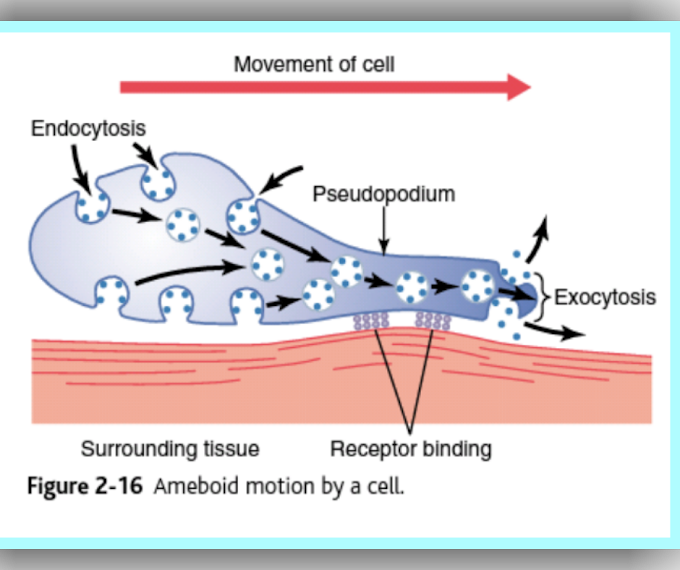 |
| BASIC IDEAS OF EVOLUTION |
Adaptation is a characteristic of an organism that helps it adapt to its environment.
A particular adaptation allows an organism to better survey its specific environment and increase its chances of propagating its own species.
For example, the adaptation of each animal's body color to the color of its environment is an adaptation.
The color of the white fox seen in the picture is similar to the color of the surrounding snow.Because of this, the fox can escape from the eyes of its prey.
If a brown-skinned fox is left in the area, it will not be able to survive.Both the hunter and the prey will easily recognize it.
Organisms acquire such properties through natural selection
Biodiversity:
The diversity of life is called biodiversity, meaning the different forms of plants, animals, microbes and gnomes that are found in an area or all over the world.
It is the biodiversity of the region or the worldS Studying different kinds of living things shows that some living things are very similar and some are very different.
Lions, tigers and leopards are very similar to each other but lions and crocodiles look very different from each other.
Similarly, the rest of man bears a striking resemblance to a champignon, while man and chimpanzee, starfish and octopus are very different from an evolutionary point of view, living things evolve from common ancestors like the branches of a tree.
Like branches sprout from a tree and more branches sprout from these branches.In the same way, from one species to another, and from these new creatures, new species of living things are formed.
Animals with more similarities have their ancestors in common in the recent past.And the ancestors of the most diverse creatures are common in the distant past
Charles Darwin:
Charles Darwin presented the Theory of Evolution.It was a great achievement, but the current theory of evolution goes far beyond Darwin's time.
There is evidence that Darwin would not have thought of and didn't know everything about biology anyway.
Charles Darwin did not know the principles of genetics.
Charles Darwin knew nothing about DNA, nor was Darwin a mathematician
Mention of mathematician because mathematicians have also contributed to the current theory of evolution
And the principles of genetics also work on mathematical logic
If you know about Mendel's laws and Hardy Weinberg's law, you will know why mathematics is talked about, and Mr. Hardy in Weinberg Law was a mathematician
DNA, Evolution and Gene:
We have seen parents we know, often when we see their children we know that they are the daughter or son of such and such.
The nucleus of our body cells contains a genetic material called deoxyribonucleic acid, DNA
It is called genetic material because it transmits the traits of parents to their children
DNA is a very large macromolecule
It is made up of more small molecules, nucleotides
In the nucleus of a cell, DNA combines with proteins to form chromosomes
That is, chromosomes are a combination of DNA and proteins
Parents' DNA is passed on to their offspring through chromosomes
In our case, when it comes to evolution, people who are ignorant of biology often go straight to the subject of humans and apes.
They think that there is nothing in the Theory of Evolution but humans and apes
The fact is that humans and apes are a very small part of theory and evolution
It is important to define evolution before discussing any aspect of evolution
Evolution is the evolution of some of the various monkeys that exist today
If you have been given this definition of evolution, then the narrator has unknowingly misled you and lied to you.
The change in the number of alleles in a population over time is called evolution.
What are alleles and genes:
The characteristics of an organism are determined by the DNA in its cells
The gene is called a specific part of the DNA
For example, the parts of DNA that control the color of human eyes
They are the genes that define eye color
The part of the bacterial DNA that helps it survive the effects of a specific antibiotic is a gene.
Some features of an organism are controlled by a single gene and some features are controlled by more than one gene
For example, in humans, more than one gene plays a role in defining eye color
Of the 46 chromosomes in the human body, 23 are found by the mother and 23 by the father
This means that if there is a gene that controls a trait on a chromosome inherited from the mother, then a gene that controls that trait will also be present on a chromosome inherited from the father.
These two genes can be exactly the same or different
These identical or different strains of genes are called alleles
In the definition of evolution above, the number of these alleles is more or less the same
These variations of genes Are caused by mutations
A mutation is a change in DNA
Naturally this is a random process
It is unknown at this time what he will do after leaving the post
And it is these mutations that cause diversity in the characteristics of living things
Some have white-skinned genes in some lotteries, while others have brown ones
Some people have the genes that make them blue, while others have them





0 Comments